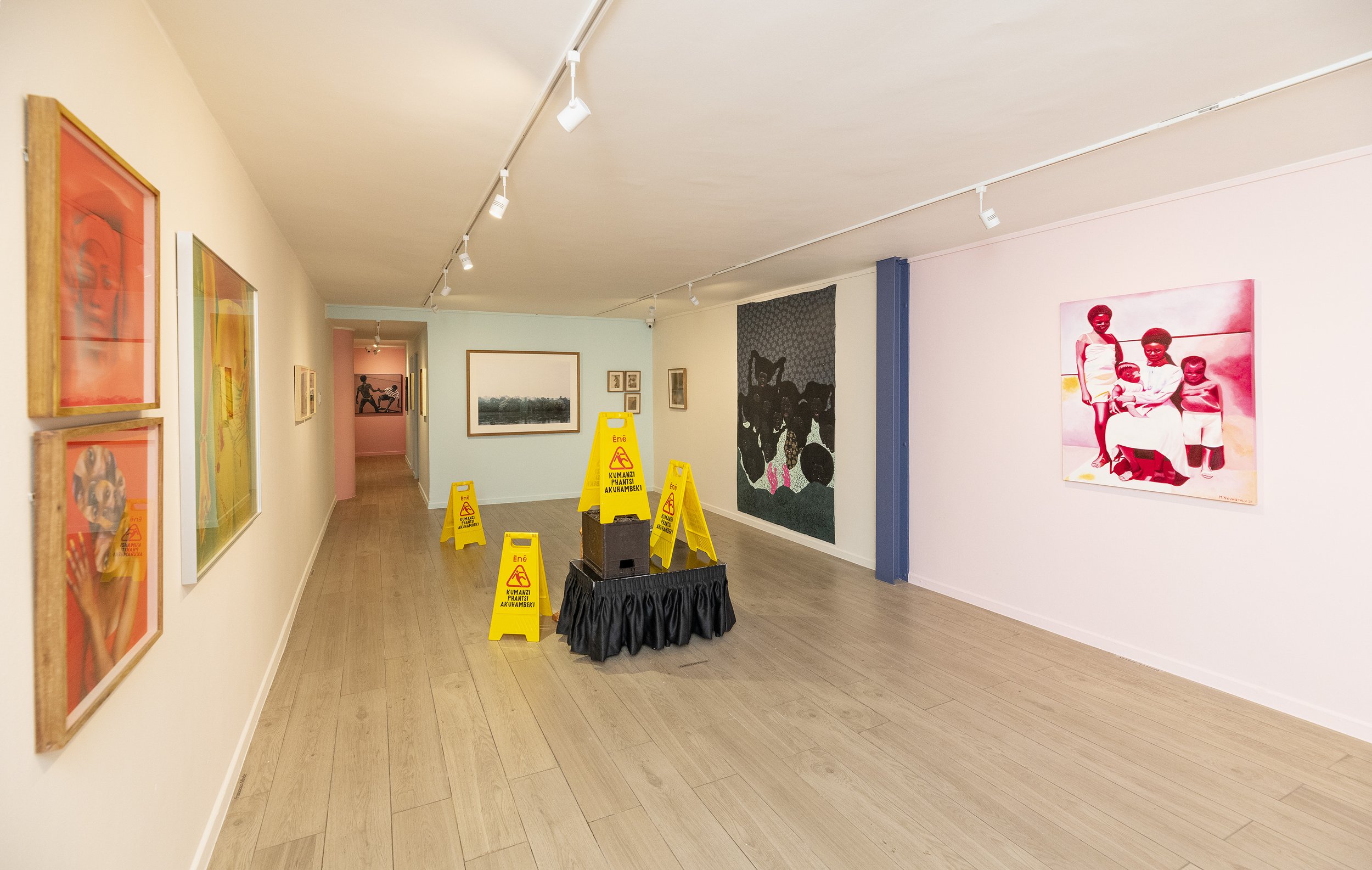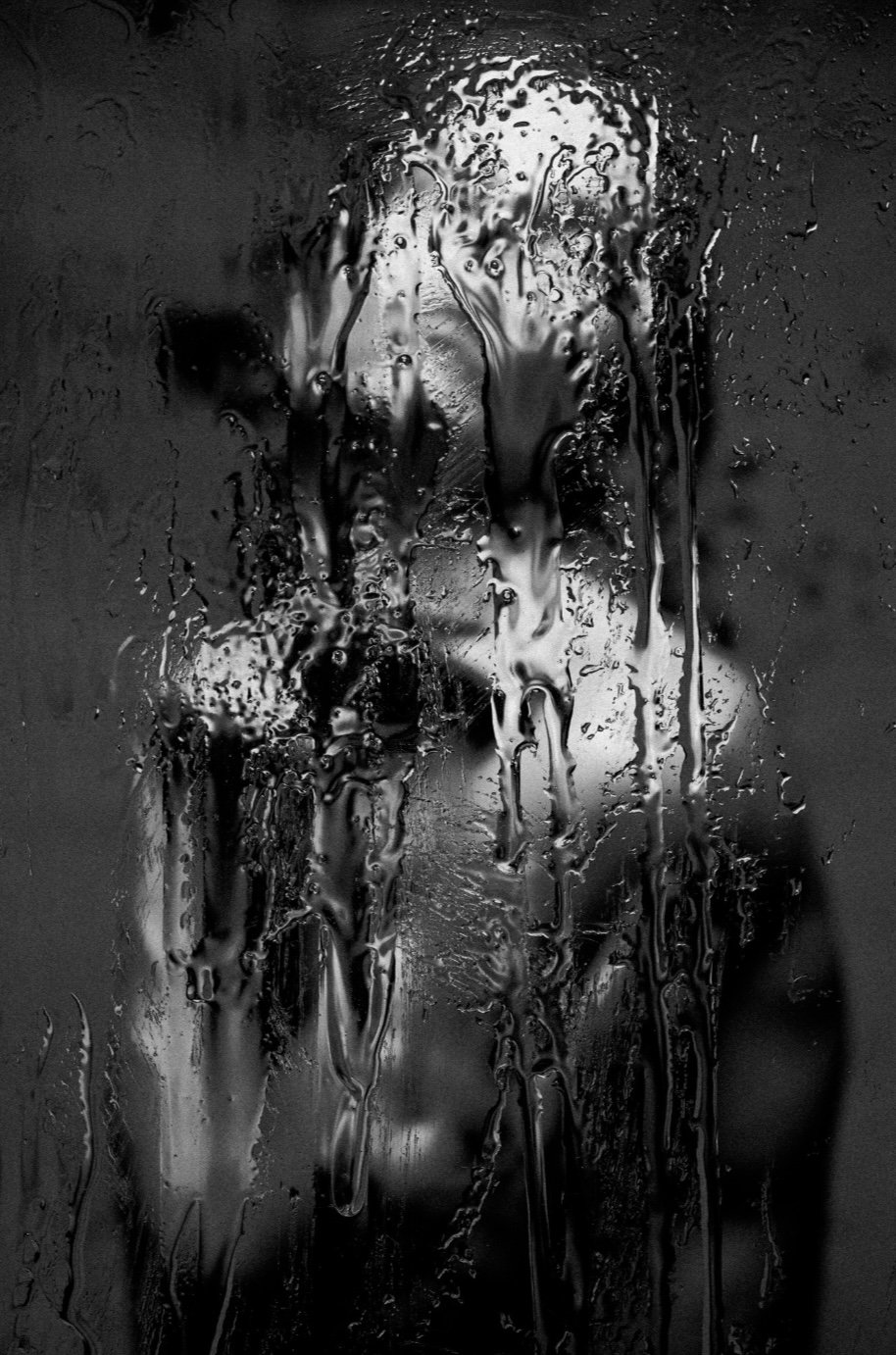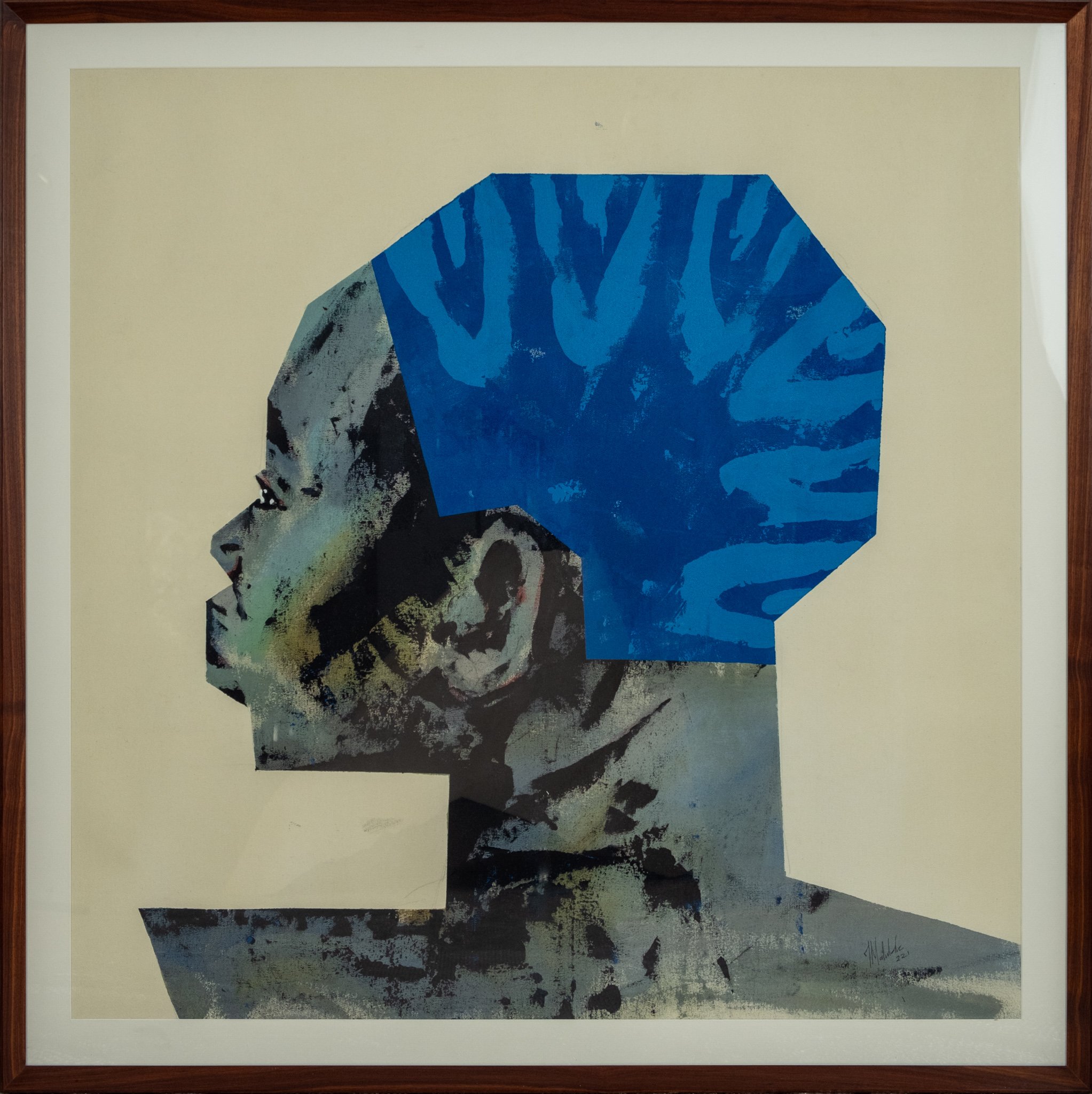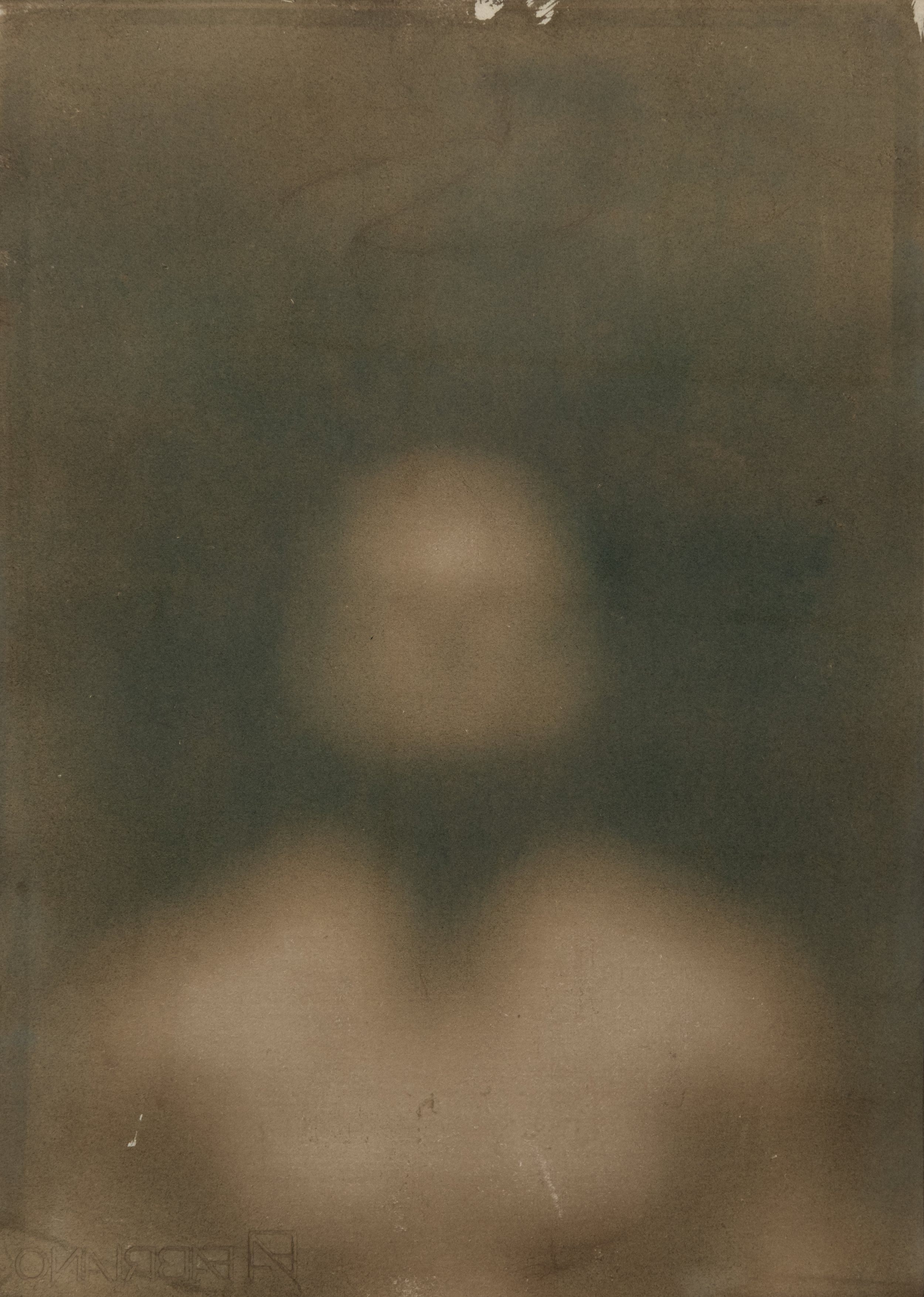A Field of Dreams
5 Year Anniversary Group Exhibition
19 August 2023 - 16 September 2023
A word to materialising, safety, support, solace and love.
By Zaza Hlalethwa
Two homes. One city. Four fairs. More than 50 presentations. Over a hundred artists. Countless collaborations. Braamfontein to Rosebank. Johannesburg, Cape Town, Paris, New York and soon, London. A lot can happen in five years.
The unfolding.
“Can I just call it a space?” was the rhetoric that founding director, Banele Khoza repeated religiously when asked what BKhz was during the first six or so weeks of its doors being opened. Unknowingly building expectation, he would almost always follow-up the response with the explanation, “I don’t know the final answer to this question yet.”
An independent artist, establishing BKhz offered Banele Khoza the opportunity to extend the capacity of affirming potential and validating the conceptual, often reserved for artists signed to galleries, to independent artists who would otherwise be isolated from support.
While the decision for an artist to remain independent has historically stunted the potential of their longterm growth, in matters related to visibility and sales, partnering with BKhz offers a middleground. A hybrid approach where artists benefit from gallery endorsement and protection against speculators or flippers that could jeorpardise market value, partnering with BKhz still leaves artists with enough room to explore alternatives. No small feat, Khoza relied on his network to establish this rapport. From having the pull to exhibit work by seasoned artists like Sir/Prof. Zanele Muholi and Moshekwa Langa to receiving enthusiastic buy-ins from discerning collectors and art fair directors, BKhz thrives on a foundation of community.
Parallel to giving independent artists the platform to gain visibility and the solace needed to realise experimentation while in practice, the BKhz model has offered young and internationally acclaimed artists a home, at home. Take WonderBuhle, Zandile Tshabalala and Sethembile Msezane. While young, South African and secure in their practices all three artists had limited gallery presence in South Africa. Making their South African debuts at BKhz, the public’s overwhelming reception, on all three accounts, spoke to an existing appetite.
Using service as research, in its initial years, BKhz functioned as a gallery, open studio and project space. Asking and not prescribing an intervention onto Johannesburg’s art scene, BKhz took its time listening to the ecosystem. Some years later, the lessons from experiences with artists, visitors and collectors informed the development of its artist-centred gallery model.
Today, BKhz is a black-owned gallery with an ethos governed by collectivism, collaboration and care. Through this centre, the gallery has committed itself to assuring artistic independence and audacity, public access and inclusion, as well as the overall development of the imminent players leading tomorrow’s cultural landscape for the continent.
To action its ethos, the BKhz team, in all its iterations, comprises practicing artists, curators and academics concerned and devoted to the development and sustainability of contemporary African art. Still realising their own practices, the team moves empathetically as they encounter and enable the practices of the artists in their care. Balancing internal commercial and material aspirations with the ambition of others, the gallery acts as an ongoing living incubation, informed by dynamic ever changing factors.
The five-year cultivation of A Field of Dreams.
To mark five years, the BKhz team conceived the group exhibition titled A Field of Dreams. Somewhere between thanksgiving and supplication, A Field of Dreams plays two roles. Primarily an opportunity to thank the people who back the gallery, A Field of Dreams is also a visual means to assert, celebrate and reflect the contribution BKhz has made to contemporary African art. Intergenerational and multidisciplinary, the exhibition makes tangible where the gallery has been, where it is and what its tomorrow may look like. Rooted in the gallery’s incessant call for experimentation, play and process, although many of the names are familiar, the mediums, methods and messages applied for this exhibition look to deepen the scope in which said artists are understood.
As much a celebratory reflection of the first five years, for the public, A Field of Dreams is a gentle invitation to expand the ways the gallery’s approach has been read or understood. The first time artists like Shakil Solanki call BKhz walls home, the show invokes the imagination to prepare for a future of expansive possibilities.
Prioritising the public.
Championing public participation, audience agency and contingency, the gallery’s curatorial approach avoids dictating or prescribing constriction, uniformity or formula to its visitors. An invitation away from passivity, the gallery, its people and the artists they present ask those persuaded into the space a question: What do the things you see make you want to do? Led by themselves, audiences respond to what speaks to them, sincerely developing relationships with practices that resonate with them while holding room for their counterparts to feel differently.
Take Tatenda Chidora’s If Covid Was a Colour (2021). For this, the gallery immersed visitors in a cold, clinical but hopeful blue to facilitate discourse around the pandemic. When Zandile Tshabalala’s Lovers in a Secret Place (2022) opened, it fostered tenderness by becoming a botanical escape away from the city’s apathy. A place of intercession, connection and discovery, the opening of Oratile Papi Konopi’s O Tswana Le Ênê (2022) transformed BKhz into something between a charismatic church crusade and the after tears that follow a wake. Ethereal, Sethembile Msezane’s Liguqubele iZulu (2023) carted us to planes both underground and in the sky to encounter ourselves and their ancestors. A culmination of the five years, the exhibition A Field of Dreams is no different.
Committing to this curatorial unconventionality, in who and how they present work, BKhz offers affiliated artists a visibility that garners organic engagement and feedback while it builds its audience’s criticality when they decide what and why a work is worth their support.
But the impact doesn’t end here. Instead it bleeds into the trajectories of what would otherwise remain a passive public. An interest initially incited by the desire to know, learn, or belong to a space where the people inside are mirrors, BKhz’s network of curators, artists, writers and, in some instances, collectors, includes those whose first encounters with the space were as students. Proof of its capacity as an incubator, this cultural constellation’s commitment, speaks to how effective community building is at ensuring conversion.
In my personal capacity, BKhz has helped keep me grounded in practices of love in spite being located in a city where vulnerability is discouraged and enthusiastic support is punished. It is a courage I draw from without cessation.







































